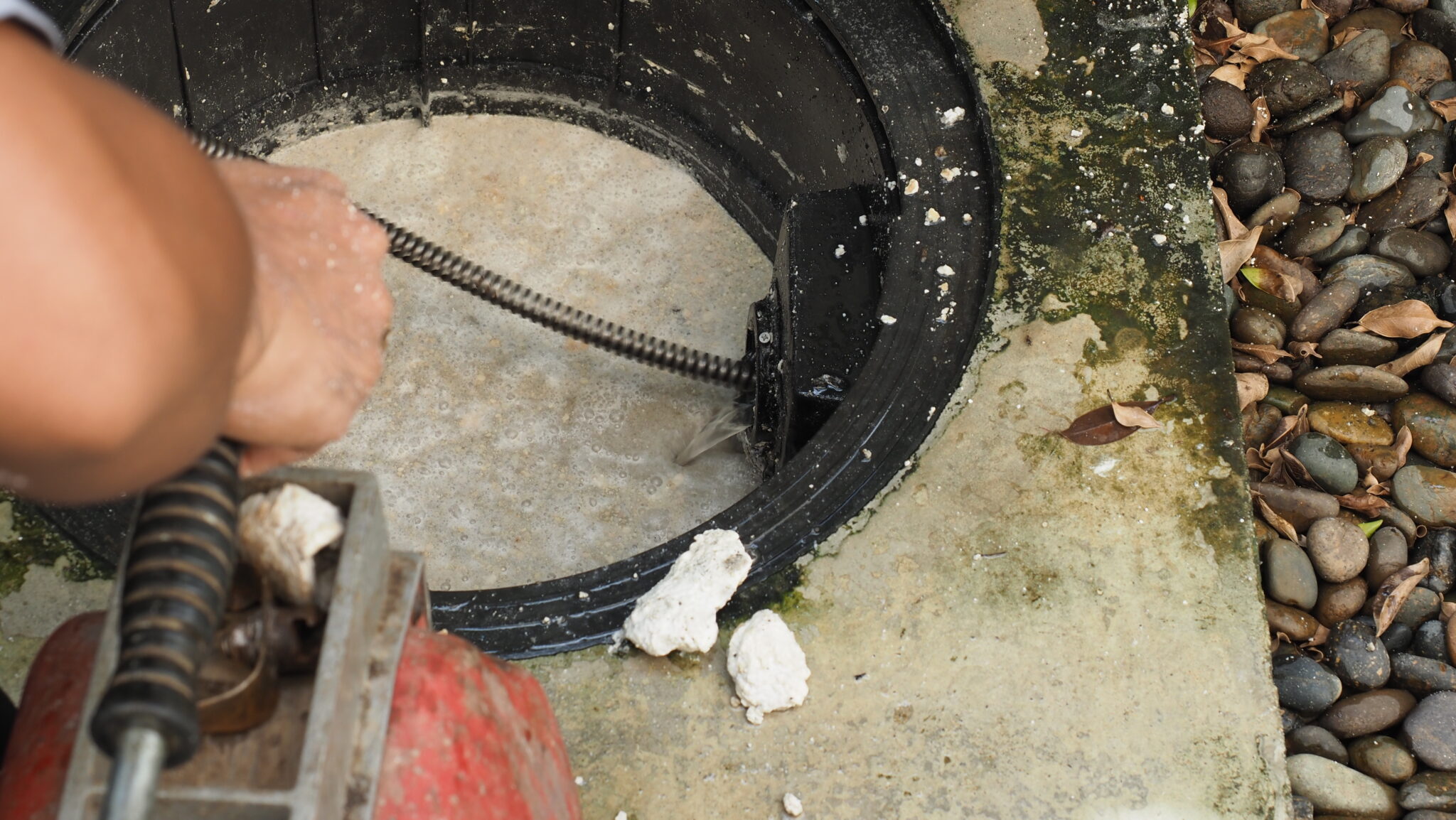
How To Care For Grease Traps
As a restaurant or workshop owner, you know one of the jobs your employees dread most is taking care of grease traps. It’s a task that comes with some challenges that make even the most seasoned worker at your business want to seek professional help. However, if you’re considering doing it yourself, here are some things you should consider.
Keys to taking care of a grease trap
The most important things to keep in mind when caring for grease traps are:
1. Monitoring for signs of wear and tear
2. Disposing regularly of waste in the grease trap
3. Cleaning the grease trap thoroughly
4. Checking for clogs in the system
1. Monitoring for signs of wear and tear
As with anything, you should expect normal wear and tear from your grease trap. To reduce the chance of problems down the line:
– Make sure there are no cracks or broken seals in the trap. If the trap is not cleaned carefully, it can cause damage to occur that will allow debris and oil to seep into the water system.
– Check that the gaskets on the entrance to the trap are sealed properly. When opening the lid to the grease trap, it’s important to do so gently to make sure that the seals are not broken because this can allow fumes to leak out.
– Check that there are no clogs in the incoming or outgoing lines. There are three pipes that make up the grease trap system. Checking each line regularly can decrease the chance of future clogs.
2. Disposing regularly of waste in a grease trap
One of the most important ways to maintain the health of your plumbing is to make sure you clean and dispose of any waste in a grease trap at regular intervals. There are often local and national requirements around disposal so check with your local authorities around how to dispose of the grease you remove from the trap.
3. Cleaning the grease trap
There are several steps involved in cleaning a grease trap. The first thing to do is to carefully open the system, making sure to avoid any damage. Then, you should measure the contents of your grease traps because some environmental organisations require regular reporting.
It’s likely you’ll find some still water inside of the grease trap. You can use a pump or some buckets to remove this water. From there, you’ll begin to remove the fat, oil, grease and other waste materials that have gathered. After this, use soap and water or another cleaning agent to clean each part of the system while being careful not to cause any damage. As you do this, avoid using extremely hot water as it can dissolve oils and cause them to flow through the system.
4. Checking for clogs in the lines
There are three places a clog can happen in your plumbing system: the inlet pipe, the crossover pipe and the outlet pipe. To keep your plumbing in the best shape possible, monitor these three places to prevent overflow or spills.
Why is it important to care for grease traps
If you’re a business that deals with fat, oil and grease (FOG) in your day-to-day operations, you’re familiar with the obligations you have to care for your grease traps to make sure your business runs well and that you’re in compliance with local, state and national regulations.
Besides this, caring for grease traps properly reduces damage to your plumbing system, ensures you don’t leak waste into the sewage system and makes your business a pleasant place to work.
What are the signs grease traps need cleaning?
There are several telltale signs that there’s a problem with your grease traps that needs to be addressed.
– If you’ve noticed a rotten smell in your business, it could be because the grease trap needs to be emptied and cleaned properly
– Another indication that your grease trap needs cleaning is an overflow or a spill
– Frequent clogs and backups in the sink can also indicate a problem in your grease trap
Preventative ways to care for grease traps
To reduce spills and other mishaps from occurring, it’s important to take preventative steps to care for your grease trap. This includes doing things like:
– Making sure employees are opening and closing the lid to the grease traps carefully to avoid damaging the gaskets and breaking the entrance seal as this will allow the gas from the oil and debris to seep out into the restaurant or workshop.
– Having screens that strain out food items before they have the possibility of entering the grease trap.
– Providing regular training to employees to ensure they’re not pouring oil down the drain.
– Avoiding boiling water being poured down the drain as it can melt oils and cause them to enter the wastewater system.
If you’d like help with cleaning or maintaining your grease trap, our professional team at All Day Plumbing would be happy to help. You can contact us at 1300 301 354. We are 24-hour emergency plumbers in Sydney and are fast, friendly and reliable!